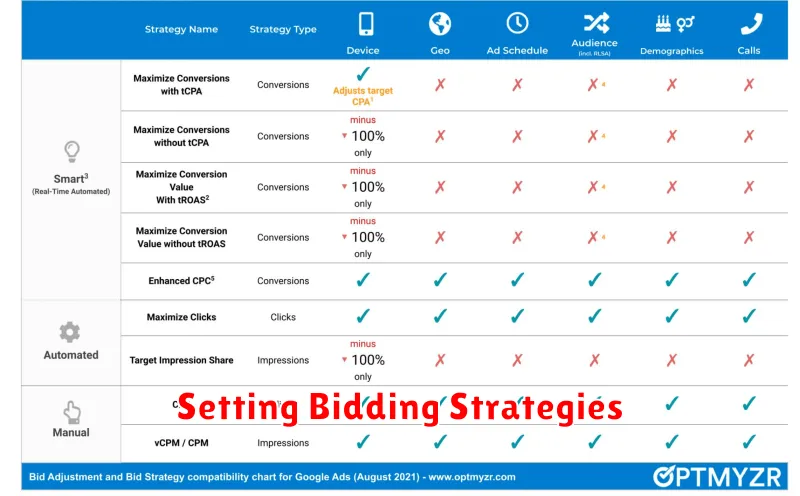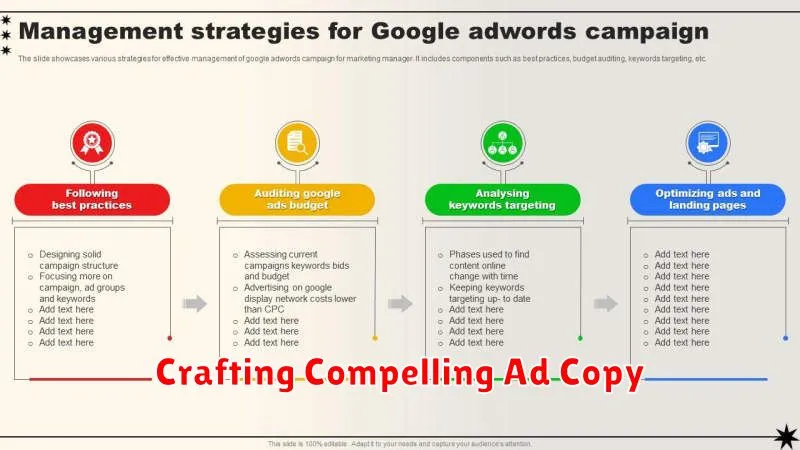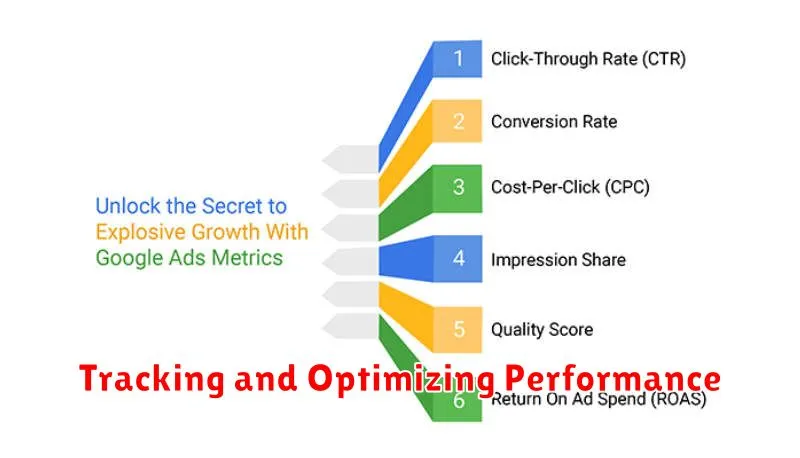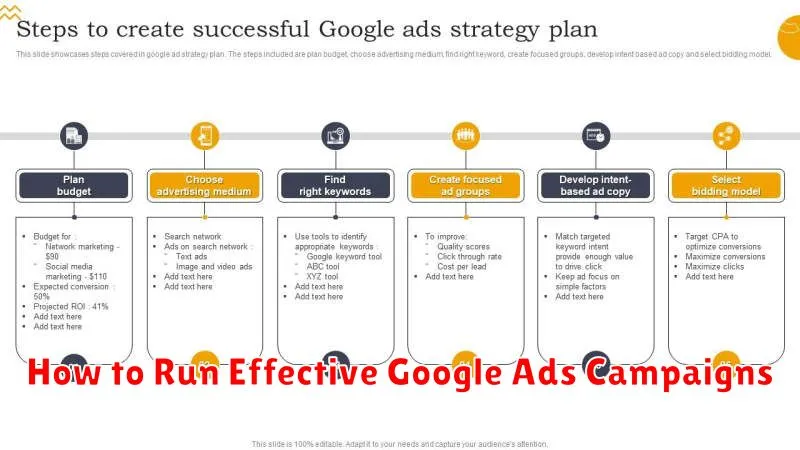Are you looking to harness the power of Google Ads to drive effective business growth? In today’s digital landscape, a well-structured Google Ads campaign is essential for reaching your target audience and achieving your marketing objectives. This comprehensive guide will equip you with the knowledge and strategies needed to create and manage Google Ads campaigns that deliver measurable results. Learn how to maximize your return on investment (ROI) through strategic keyword research, compelling ad copywriting, and precise targeting techniques. Whether you’re a beginner or an experienced marketer, this guide will provide valuable insights into running truly effective Google Ads campaigns.
From understanding the fundamentals of Google Ads to mastering advanced optimization strategies, this article will cover everything you need to know. Discover how to conduct thorough keyword research to identify the most relevant search terms for your business. Learn the art of crafting compelling ad copy that captures attention and drives clicks. We will also delve into the intricacies of targeting options, bidding strategies, and performance tracking, ensuring your Google Ads campaigns are not just running, but running effectively and efficiently. Prepare to unlock the full potential of Google Ads and propel your business forward.
Introduction to Google Ads
Google Ads is a pay-per-click (PPC) advertising platform that allows businesses to display their ads on Google’s search engine results pages (SERPs) and across its vast network of partner websites.
With Google Ads, businesses bid on keywords relevant to their products or services. When a user searches Google using one of these keywords, the advertiser’s ad may appear at the top or bottom of the search results.
Advertisers only pay when someone clicks on their ad, hence the term “pay-per-click.” This model ensures that businesses are only charged when their ads generate genuine interest.
The platform offers a variety of ad formats, including text ads, image ads, video ads, and shopping ads, catering to diverse marketing objectives and target audiences.
By utilizing Google Ads effectively, businesses can increase website traffic, generate leads, drive sales, and build brand awareness.
Keyword Planning and Match Types
Keyword planning is crucial for effective Google Ads campaigns. It involves identifying the search terms your target audience uses to find products or services like yours. Thorough keyword research helps you target the right users, maximizing your return on investment.
Match types control which searches trigger your ads. Choosing the right match type is essential for showing your ads to relevant users and avoiding wasted ad spend. There are four main match types:
- Broad Match: Reaches the widest audience, including synonyms, related searches, and misspellings. Use with caution due to potential irrelevance.
- Phrase Match: Triggers your ads when the search query includes your keyword phrase in the exact order, potentially with additional words before or after.
- Exact Match: Shows your ads only when the search query is identical to your keyword, or close variants like plurals or misspellings.
- Modified Broad Match: Offers a balance between broad and phrase match, allowing you to lock specific words using a plus sign (+). This ensures those words are present in the search query.
Setting Bidding Strategies

Choosing the right bidding strategy is crucial for maximizing your return on investment (ROI). Google Ads offers several bidding strategies, each designed for different campaign goals.
Focus on Conversions: If your primary goal is conversions (e.g., sales, leads), consider strategies like Maximize Conversions, Target CPA (Cost Per Acquisition), or Target ROAS (Return on Ad Spend). These strategies automate your bids to help you achieve your desired conversion metrics.
Focus on Clicks or Impressions: If you’re aiming to increase brand awareness or website traffic, you might opt for strategies like Maximize Clicks or Target Impression Share. Maximize Clicks aims to get you the most clicks within your budget, while Target Impression Share focuses on showing your ads in a prominent position.
Manual Bidding: For more granular control, you can choose Manual CPC (Cost Per Click) bidding. This option allows you to set individual bids for keywords and placements, giving you greater flexibility but requiring more active management.
Carefully consider your campaign objectives and experiment with different bidding strategies to determine what works best for your business. Regularly monitoring and adjusting your bidding strategy is essential for ongoing optimization.
Crafting Compelling Ad Copy

Writing effective ad copy is crucial for the success of your Google Ads campaigns. Relevance and clarity are paramount. Your ad copy should directly address the user’s search query and clearly communicate the value proposition of your product or service.
Keywords play a vital role. Incorporate relevant keywords into your headlines and descriptions to improve your ad’s visibility and click-through rate. However, avoid keyword stuffing, which can negatively impact your ad’s quality score.
Focus on a strong call to action. Tell users what you want them to do, whether it’s visiting your website, making a purchase, or signing up for a newsletter. Use action-oriented verbs like “Shop Now,” “Learn More,” or “Get a Free Quote.”
Highlight unique selling propositions. What makes your offering different from the competition? Emphasize key benefits and features that set you apart. This helps attract potential customers and encourages them to choose your business.
Tracking and Optimizing Performance

Tracking your Google Ads campaign performance is crucial for maximizing your return on investment (ROI). Conversion tracking allows you to see which keywords, ads, and ad groups are driving valuable actions on your website, like purchases or sign-ups. By analyzing this data, you can identify areas for improvement.
Optimization involves making data-driven adjustments to improve campaign effectiveness. This could include:
- Refining keyword targeting by adding negative keywords to exclude irrelevant searches.
- Improving ad copy to increase click-through rates and quality scores.
- Adjusting bids to optimize cost per conversion.
- Testing different landing pages to enhance conversion rates.
Regular monitoring and optimization are essential for achieving your desired campaign goals and maximizing your budget’s potential.

